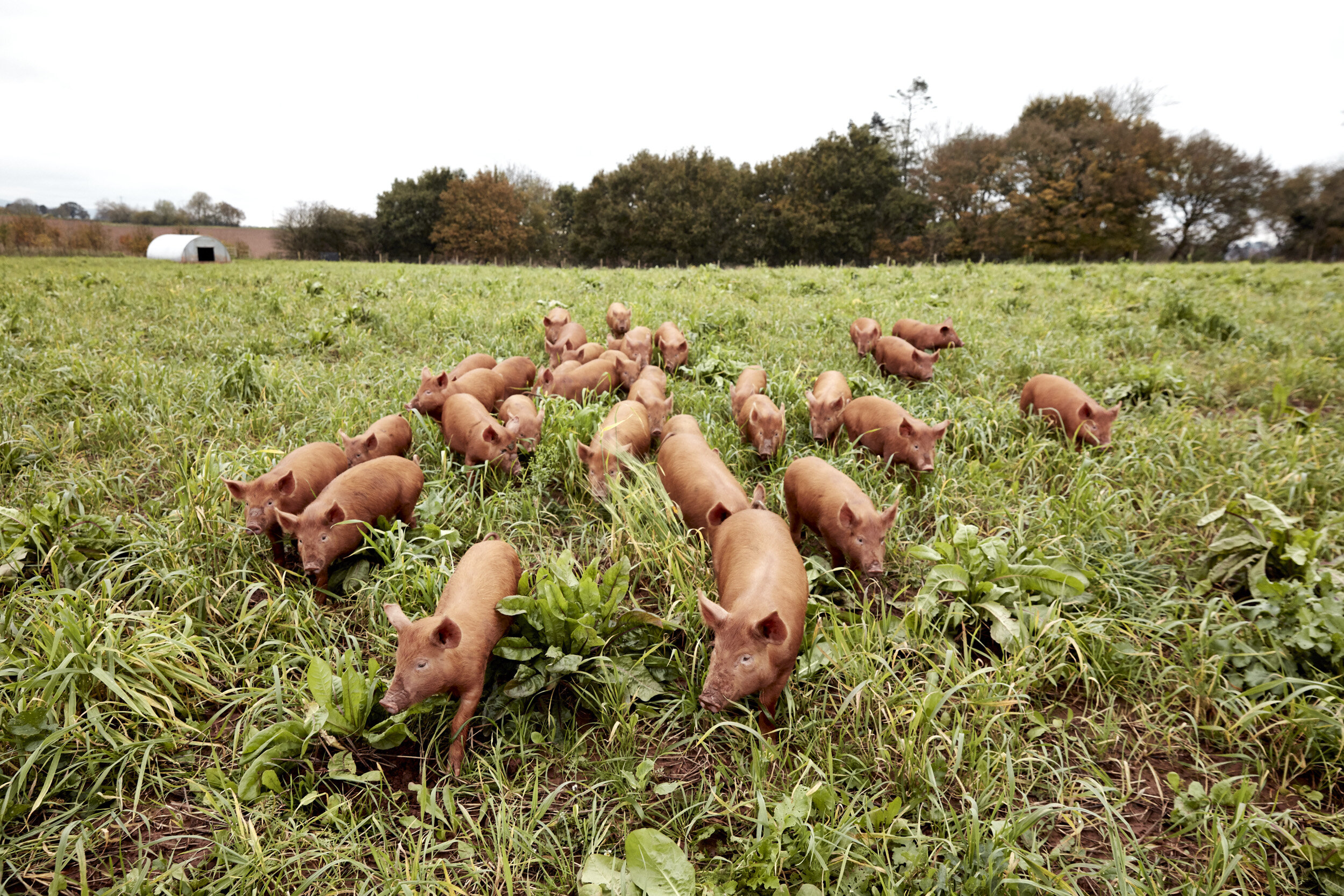
Regenerative Agriculture
Following the life of grain and Regenerative Agriculture on Gothelney Farm.
“There are many kinds of ‘regenerative farms’ because regenerative agriculture is a way of thinking, of feeling and re-learning the language of soil
10 years ago I was biologically and financially locked into industrial agriculture.
Treading water, year on year I found myself using more fertiliser, fungicide, herbicides to get the same yield. Nitrogen meant weeds, which required herbicides. My stressed and immune compromised crops demanded fungicides which depleted soil biology even further.
Earning the right to farm without inputs means considering the soil as a vibrant, living ecosystem. Our rotation reflects a need to prime the soil with enough carbon (foodstuff of bacteria, protozoa and microbes at the base of the soil food web) and care for beneficial insects and microbes that build a resilient low-input farming system.
Farming gets a good deal of bad press. The beauty is we have the potential to be part of so many social & ecological solutions
8% of our farm is dedicated to managing habitat for beneficial insects & we reckon to have increased soil organic matter by as much as 4% in 5 years -at 8.9t Carbon per 0.1% per ha thats 356t/ha - potentially 36,000 tonnes of Carbon over the farm!
The pigs justify many of the most positive aspects to our rotation - grazing multispecies herbal leys and cover crops over winter.
Modern grains and input hungry monocultures are two sides of the same coin. We have been exploring ways to embed diversity & a forgotten toolbox of genetic potential into our cereal rotation.”





























